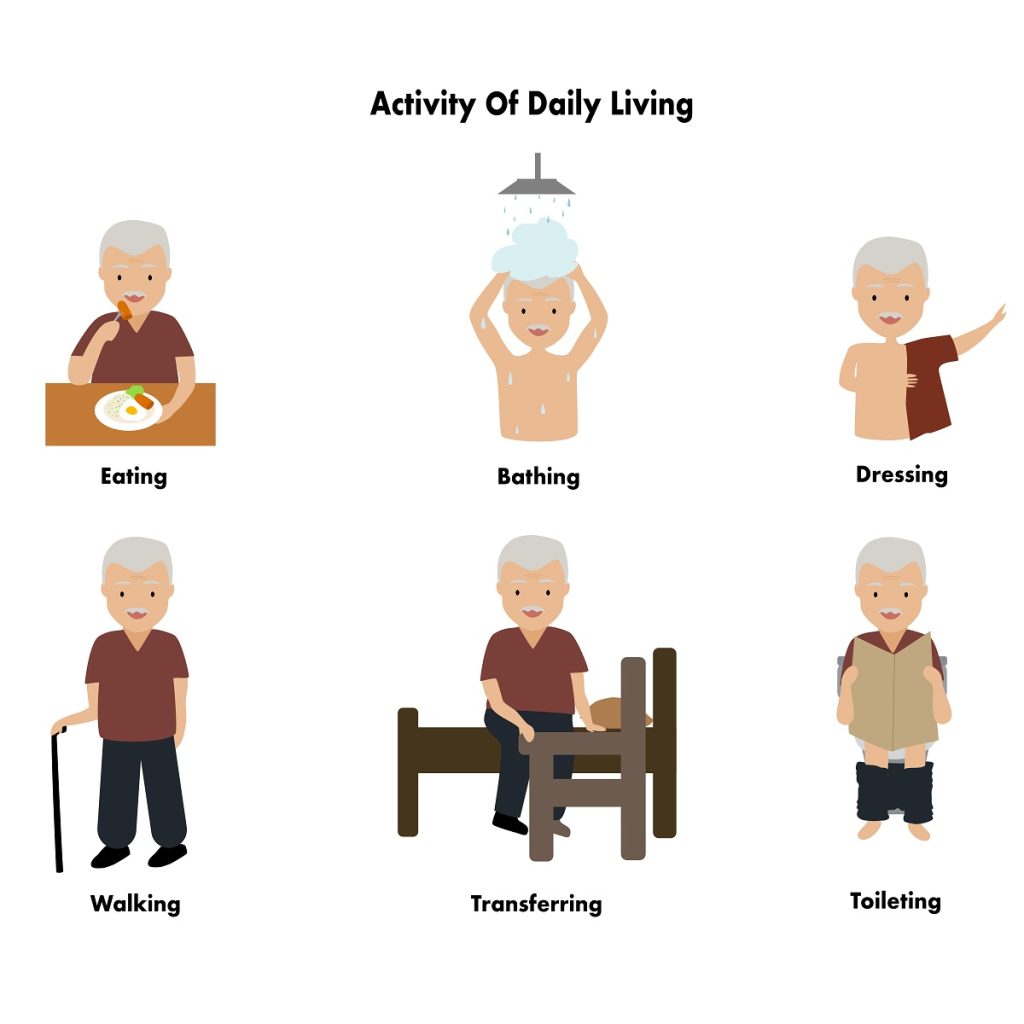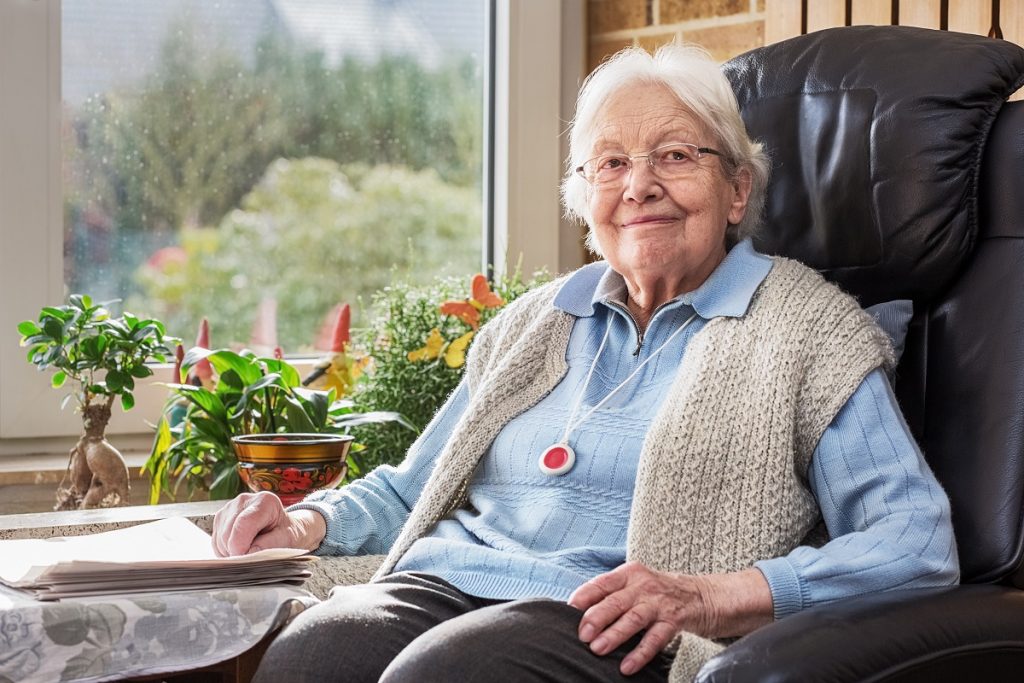Supportive living offers non-medical services such as housekeeping, personal care, medication oversight, shopping, and social programs that seniors might need. The services provided as part of assisted living are made available to low-income seniors with supportive living.
Seniors who live independently can often use a hand with non-medical services but may find it hard to get the help they need. They may have to pay for them out of pocket, go into assisted living, or get help through state Medicaid waivers. In some areas, low-income seniors can get the help they need in a supportive living facility.
Supportive living services include non-medical services such as housekeeping, personal care, medication oversight, shopping, and social programs that seniors might need. They may be provided as part of assisted living or skilled nursing care, but both are costly.
Seniors who live independently can often use a hand with non-medical services too but may find it hard to get the help they need. They may have to pay for them out of pocket or get help through state Medicaid waivers.
What Are Supportive Services
Non-medical supportive services ensure a safe and healthy environment for a person. According to the State of Illinois, which is noted for its supportive living programs (SLPs), the concept might include:
- Intermittent Nursing Services
- Social/Recreational Programming
- Health Promotion & Exercise Programs
- Medication Oversight
- Ancillary Services
- 24-hour Response/Security
- Personal Care
- Laundry
- Housekeeping
- Maintenance
- Meals and snacks




Six of these are considered to be IADLs, or Instrumental Activities of Daily Living, which determine how able an individual is to live on their own in the home:
- Managing personal finances
- Taking medications
- Using the phone
- Shopping for food and clothing
- Light housework
- Meal preparation
The tasks are different from the need for help with activities of daily living (ADLs), which encompass:
- Walking
- Bathing
- Transferring
- Dressing
- Eating
- Using the toilet
Many people need help with both ADLs and IADLs. Those who just need help with IADLs to live independently can benefit from a provider of supportive services.
Those who provide help with ADLs are considered in-home healthcare providers, while those who offer assistance with IADLs are called in-home care providers or homemakers.
What Is The Difference Between Independent Senior Living And Assisted Living?
Assisted Living
Assisted living communities offer help with all these daily living activities and enable a decent degree of independence.
Those in assisted living have private rented apartments but share common areas. The monthly fee includes activities and all meals, which are usually shared in a standard dining room. Assisted living provides social interaction, activities, and therapy.
“Pay What You Need”
The staff helps residents who need support with ADLs and IADLs.
Most facilities operate on a “pay what you need” arrangement. There is a basic cost, and then you pay for the services you require – especially useful if you are still capable and don’t need as much help as someone frailer than you. As you become more infirm, you start adding the necessary care facilities.

With assisted living, help is always on call. Most facilities can increase the care level for residents so they don’t have to move from their dwellings.
The price of this care is around $4,500 per month.
If an assisted living resident needs additional medical help, they will be transported to the doctor or hospital.
Independent Senior Living
Independent living is usually in a community that concentrates on a resident’s social needs, as most do not require much medical or general care support to live independently.
Residents arrange their own medical services. And if they need help with activities of daily living, they must rely on a family caregiver or higher in-home health care. They must usually contract with outside services if they need housekeeping or laundry services.
Residential communities offer communal meals while enjoying social activities in common areas as well.
The prices of living in a senior retirement community vary based on square footage, location, and amenities, but the monthly cost calculates at 35% of assisted living rates or $2,925.

For emergency medical care, they would call 911, and for routine care, see their doctor.
Some seniors live at their family residence, by themselves or with children. Others live in market-rate apartments. As with those in residential communities, these seniors must pay for any medical or non-medical help they need
In-Home Care and In-Home Health Care
Some seniors choose to have providers come to the home to provide health and in-home care. Those who provide help with ADLs are considered in-home healthcare providers, while those who provide assistance with IADLs are called in-home care providers or homemakers.
Genworth’s 2021 Cost of Care Survey states that U.S. costs for non-medical care vary considerably.
The national median was $22.50 per hour. However, the lowest hourly average rate was $16.88 (Louisiana), and the highest was $30 (Washington).
The Southern states were generally less expensive – from $17 to $21 per hour, whereas the hourly rate for states in the Northeast and on the West Coast were between $22 and $28.
Someone who needs extensive services could easily pay more than what living assisted costs without the benefits of an assisted living facility.
Supportive Living Vs Assisted Living
Assisted living provides supportive services many seniors need, but the cost is high. Those seniors living off Social Security or with limited other resources may try to make it at home with family caregivers or go to nursing homes on Medicaid.
Supportive living provides assisted living-level care at subsidized rates. The result is excellent care for those who need it at a cost to the government far less than admitting them to a nursing home.
Does Medicaid Pay For Assisted Living In Illinois?
Around the country, seniors are in the same plight. They don’t need to be in assisted living or can’t afford it. Yet they need long-term care that is often outside their budget as well.
Many states have addressed this issue with Medicaid vouchers, but perhaps no state does it as well as Illinois.
Illinois has a well-defined supportive service program called the Supportive Living Program, an alternative to nursing home care for senior adults under Medicaid.

The state describes a supportive living facility as a residential apartment-style dwelling that provides personal care services and 24-hour supervision. Supportive living facilities or SLFs (also called assisted living facilities) also offer:
- Three meals per day prepared on site
- Weekly housekeeping service
- Laundry service
- Social and recreational programming
- Transportation for scheduled group shopping and other community and social activities
- Assistance, as needed, with activities of daily living (e.g., bathing, grooming, dressing, toileting, and other such activities)
- Backup support is readily available if a resident falls, becomes disoriented, needs medical attention, or otherwise needs some sort of assistance
- Quarterly resident health assessments
- Medication oversight and assistance in self-administration of medication
- 24-hour response/security staff and emergency call systems
- Health promotion programming and healthcare referral
- Exercise and wellness programming
The program aims to uphold the residents’ dignity, privacy, and independence and encourage family member participation.
SLFs are specially licensed and monitored in Illinois to offer therapy and nursing services, apartment-style room and board, and medical supervision. SLFs are usually cheaper and offer fewer specialized medical services than nursing homes.
The State’s Department of Healthcare and Family Services offers a waiver for services that Medicaid does not usually cover. These services include medication management, personal care, and round-the-clock care facilities. Residents must pay for the cost of the room and board at the facility.
The Supportive Living Program
The State of Illinois offers a Supportive Living Program (SLP) as part of a Medicaid waiver program. And covers some supportive living facility costs.
Here is what to know about the program.
- Only adults 64 and over or with a physical disability qualify for the SLP.
- If a doctor has diagnosed you with a primary or secondary developmental disability or chronic and severe mental illness, you will not qualify for the program. Your needs must demand a nursing-home level of care.
- If you qualify, SLP will pay for many of the services you can receive in an SLF, like meals, housekeeping, personal care services, temporary nursing care, medication supervision, and exercise programs.
- You are required to pay the room and board costs at the facility. Your monthly income must be greater than or equal to the amount of the Supplemental Security Income program to qualify for this service – $771 in 2019 – so you can cover the room and board.
- If you qualify for SLP, you will need to pay the facility almost all your monthly income – but SLF residents can keep $90 per month as a personal needs allowance.
- If you qualify for SLP, you may not be eligible for other Medicaid waivers for in-home care.

